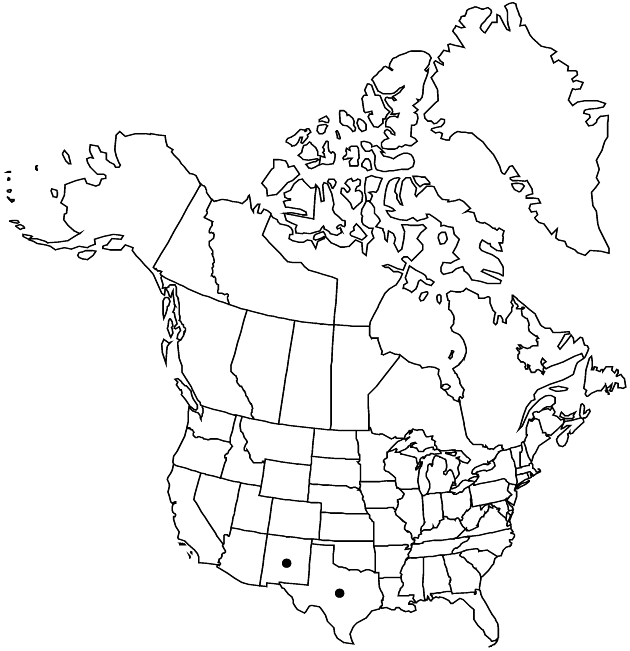Hymenoxys vaseyi
Bull. Torrey Bot. Club 31: 493. 1904.
Perennials, 20–60 cm (polycarpic; often with moderately branched, woody caudices). Stems 1–10, green throughout or sometimes purple-red-tinted proximally, sparingly or moderately branched distally, ± hairy. Leaves: blades usually lobed (lobes 3–23), glabrous or sparsely hairy, gland-dotted (basal leaf bases sparsely, if at all, long-villous-woolly); mid leaves lobed (lobes 5–21, terminal lobes 0.8–1.2 mm wide). Heads 10–50+ per plant, in paniculiform to corymbiform arrays. Peduncles 1.5–5.5 cm, ± hairy. Involucres campanulate, 8–9 × 8–11 mm. Phyllaries in 2 series, unequal; outer 8–11, basally connate 1/2–2/3 their lengths, obovate, 4.5–6 mm, apices acute; inner 8–12, obovate, 4.5–6 mm, apices mucronate. Ray florets 8–11; corollas yellow, 9–15 × 4–7 mm. Disc florets 25–80+; corollas 3.5–4.2 mm. Cypselae narrowly obpyramidal, 2–2.7 mm; pappi of 5–6 obovate, aristate scales 1.7–2.7 mm. 2n = 30.
Phenology: Flowering (Jun–)Jul–Sep.
Habitat: Open areas, edges of forests
Elevation: 1600–2100(–2500) m
Discussion
Of conservation concern.
Selected References
None.
